Ask Ethan: If The Universe Is Expanding, Are We Expanding, Too?
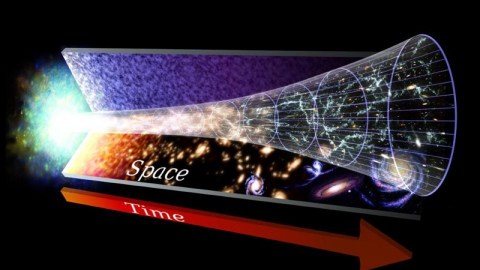
Are atoms, humans, planets, and galaxies destined to expand, too?
One of the most revolutionary discoveries of the past century was the fact that the Universe is not eternally static and unchanging, but rather is actively in the process of expanding. Some 13.8 billion years ago, in the earliest stages of the hot Big Bang, our observable Universe was no bigger than the size of a city block, and may have been as small as a soccer ball; today, it extends for more than 46 billion light-years in all directions. If the Universe is expanding, then what does that means for the objects in it? Are galaxies expanding? What about stars, planets, human beings, or even atoms themselves? That’s what Harald Hick wants to know, writing in to ask:
“In the ‘raisin bread’ model of the expanding Universe, do the raisins expand as well? Which means, do all atoms grow in size as the universe is expanding?”
It’s a deep question, and its answer might not be what you expect. Here’s how to figure it out.
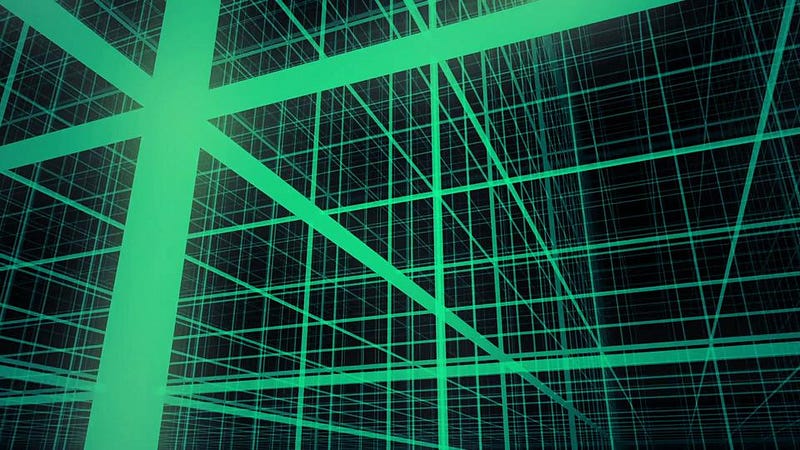
When Einstein first put forth his new theory of relativity, it forever changed how we think of space and time. Space isn’t fixed like a three-dimensional grid, with universally agreed-upon distances between any two points. Nor is time a continuously flowing entity, where you can sync up your clocks, move anywhere you like, and be confident that your clock reads the same as anyone else’s. Instead, we experience space and time as relative: your motion through space affects your motion through time, and vice versa.
This was the core idea behind Special Relativity, which led us to discard our older ideas of “absolute space” and “absolute time,” instead replacing them with the notion of spacetime. As you move through space relative to another observer, your clocks appear to run differently, according to Einstein’s laws. Special Relativity works perfectly for all observers whether they’re at rest or in motion, and represented an enormous leap in understanding our Universe over Newton’s original laws of motion.

But this idea, brilliant though it was, didn’t include gravity. The old Newtonian picture of gravity was inherently tied to absolute notions of distances and times, and was incompatible with the notion of spacetime. It took over a decade for Einstein to bring gravity into the fold, taking us from Special Relativity to General Relativity: incorporating matter and energy into the equation.
Instead of the flat spacetime of Special Relativity, the presence of matter and energy allowed for space-and-time to be dynamic entities. No longer bound to be static, the Universe could expand or contract, depending on what was in it. Matter and energy told spacetime how to curve, and that curved spacetime dictated how matter and energy would move.
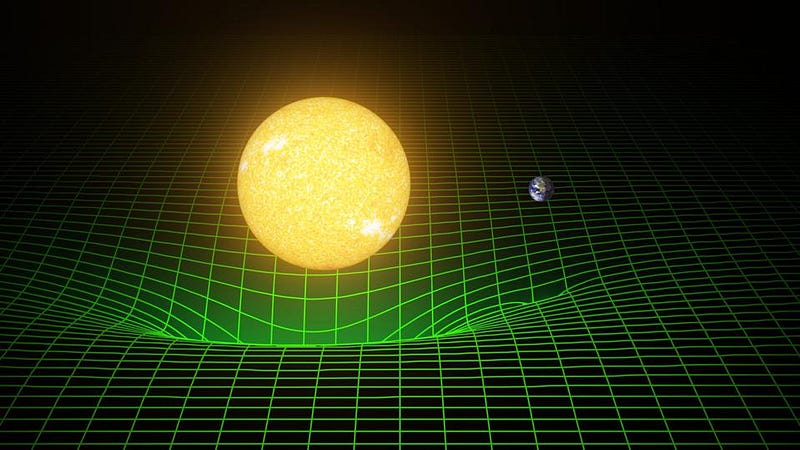
This relationship, first put forth more than 100 years ago, has been tested by an enormous suite of experiments and observations, with Einstein’s theory passing each and every one. General Relativity applies not only to the gravity we find on Earth and elsewhere in the Solar System, but on vast cosmic scales that dwarf our own: galaxies, clusters of galaxies, and even to the entire Universe itself.
This last part is particularly fascinating: if we take a Universe that’s (on average) uniformly filled with matter and/or energy — including a combination of different forms of matter and/or energy — that Universe must either expand or contract. It cannot remain in a static state for more than an instant, even if it starts off in one. In 1922, Alexander Friedmann demonstrated this, deriving from Einstein’s theory the Friedmann equations: the equations that govern the expansion of the Universe.
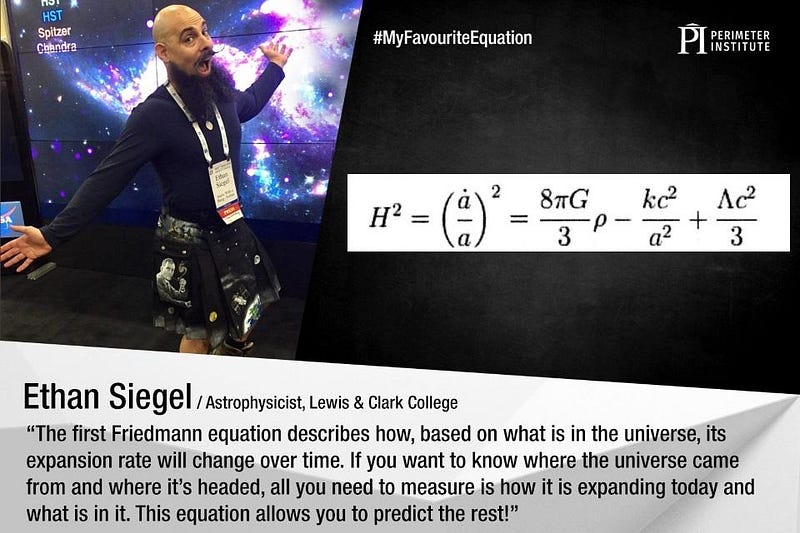
The very next year, Edwin Hubble measured the distance to Andromeda, determining that this “spiral nebula” was in fact its own galaxy far beyond and outside the Milky Way. Subsequently, we measured distances to large numbers of galaxies while also independently obtaining measurements of the light coming from them. What we found, almost universally, was the following.
- The farther away a galaxy was, the redder its light was.
- That this was true even though the stars inside the more distant galaxies were, on average, intrinsically “bluer” than the stars we seen in nearby galaxies.
- The explanation for this was consistent with the idea that light — emitted by galaxies with the same frequencies and wavelengths that light is emitted by here in our own galaxy — was being redshifted by the expansion of the Universe.
Alternative explanations such as “tired light” disagreed with the observations, leaving only those explanations that included the expanding Universe as viable. When taken all together, there was no escaping that conclusion: the Universe itself was expanding, and that expansion was responsible for the observed redshift of light that originated from far away.
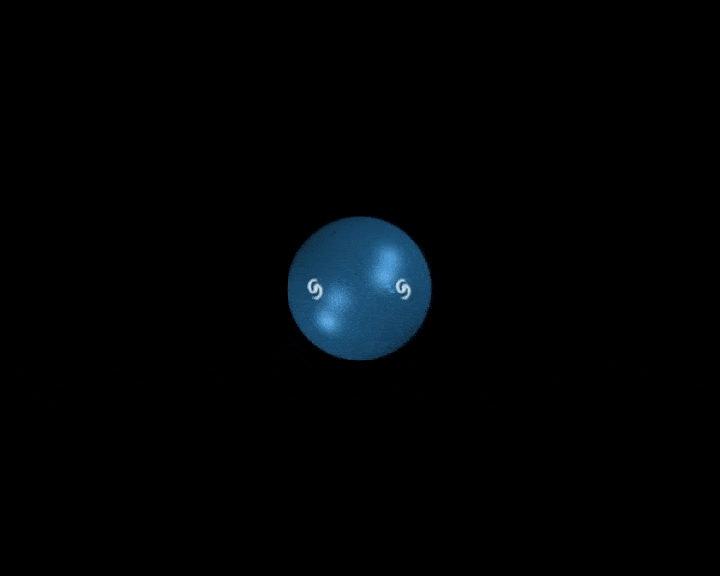
While many popular conceptions show the expanding Universe as balloon-like, this analogy has its flaws. For one, our Universe has three dimensions of space (and one of time, making up a four-dimensional spacetime), not two. A balloon has a meaningful “center” where putting air into it causes the two-dimensional surface to expand. Contrariwise, our Universe has no well-defined center, but, in accord with Einstein’s relativity, depends on the observer.
Instead, perhaps the best analogy is a leavening ball of dough with raisins in it: raisin bread. If you imagined this ball of dough as the fabric of (our three-dimensional) space and the raisins as objects within it, you could identify any “raisin” as yourself: the observer. From your perspective, the raisins would appear to move away from you, with the more distant raisins appearing to recede more rapidly and severely than the closer ones. In reality, the raisins themselves aren’t moving relative to the space they occupy, but rather the space between those raisins is expanding, causing their emitted light to redshift before reaching our eyes.
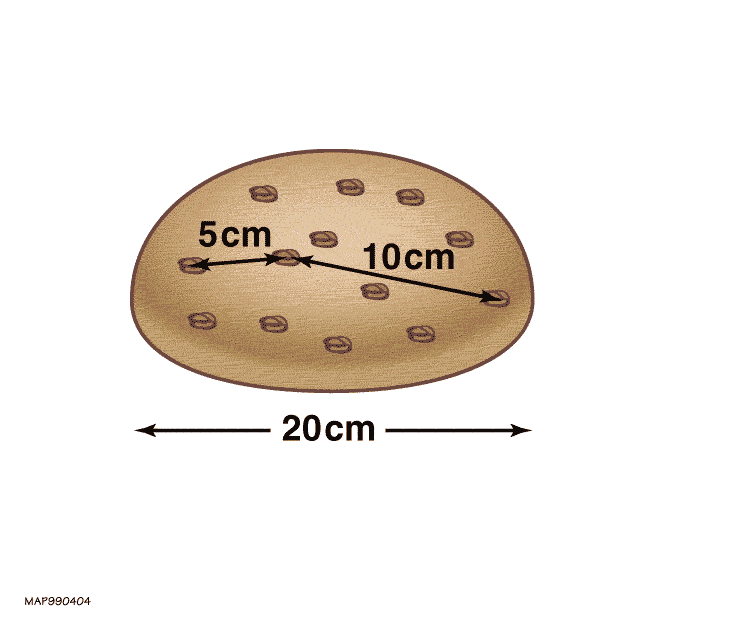
But what about the objects that the raisins themselves represent? Does the space that’s inside them expand as well? We can do a calculation to determine what that expansion would look like.
The expansion rate of the Universe, as we measure it (even with our current ongoing controversies), is somewhere around 70 km/s/Mpc, which means that for every Megaparsec away a “raisin” is, we’ll see it appear to recede at 70 km/s. Unfortunately, Megaparsecs are enormous: about 3.3 million light-years. If we scaled that down to the size of planet Earth — which is more like 12,700 km in size — we’d expect to see the Earth expanding by about 0.1 millimeters-per-second. Over time, that would add up significantly, and we’d notice.
Our detailed measurements show that, at least on Earth, objects aren’t expanding. Even with the enormous scale of the Universe and the relatively tiny size of the planet and the objects on it, it’s possible to do experiments to tell. The LIGO gravitational wave detectors are sensitive to changes in distance as small as less than 0.1% the width of a proton. Quantum mechanical experiments can measure the properties of atoms down to precisions of 1-part-in-billions, and precise measurements from decades or even a century apart can be compared. The answer is in, and we know: neither the Earth nor the atoms on it are changing in this fashion over time.
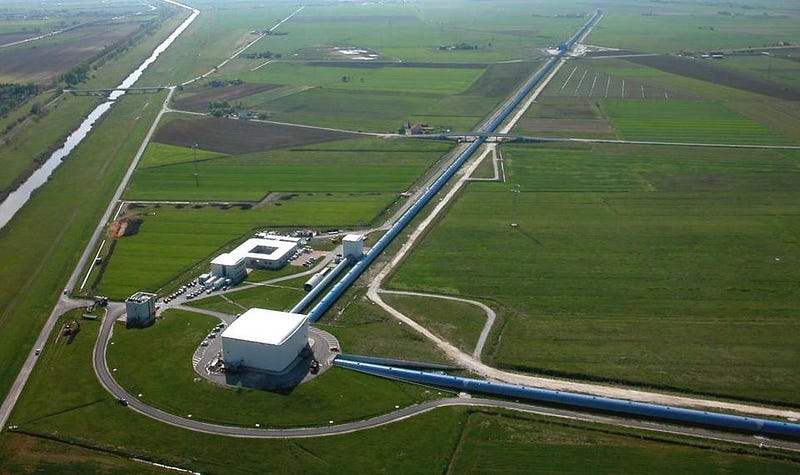
This is expected if you think about what the expanding Universe is working against: actual forces. On the one hand, we have the forces between objects: the electromagnetic, gravitational, or any other fundamental force you’d like to consider. If the Universe weren’t expanding at all, you’d be able to calculate the size of anything — atoms, the Earth, the galaxy, a group/cluster of galaxies etc. — just by understanding the physical forces at play and the dynamics of the particles/objects involved.
In these systems, and in fact in any bound system (regardless of what force binds it), the forces involved cause dynamics that are greater in magnitude than the expanding Universe can cause. It’s an excellent approximation to state what you’ll frequently hear physicists say: that it’s only the space between bound objects that expands. For bound objects themselves, the forces at play overwhelm the dynamics of the otherwise expanding Universe, and the expansion is overcome.

But that doesn’t mean the expanding Universe isn’t playing any role at all. If we consider a point mass in an otherwise empty, non-expanding Universe, it would behave as an uncharged, non-rotating black hole: a Schwarzschild black hole. There would be an event horizon of a fixed radius: the Schwarzschild radius, which is solely determined by its mass. But if you throw in an additional ingredient — such as a bit of dark energy (or a cosmological constant), one of the forms of energy present in our realistic Universe — things change in a slight but important way.
That outward “push” causes the Universe outside the event horizon to expand, but it also causes the location of the event horizon to be pushed out just a little bit over where it would be in an otherwise empty Universe. The difference is extremely tiny, imperceptible with realistic values for the energies and masses found in our Universe, but it illustrates an point: the expansion of the Universe does affect the objects within it, but it does so by changing the value of their “equilibrium” size, not by causing them to expand.
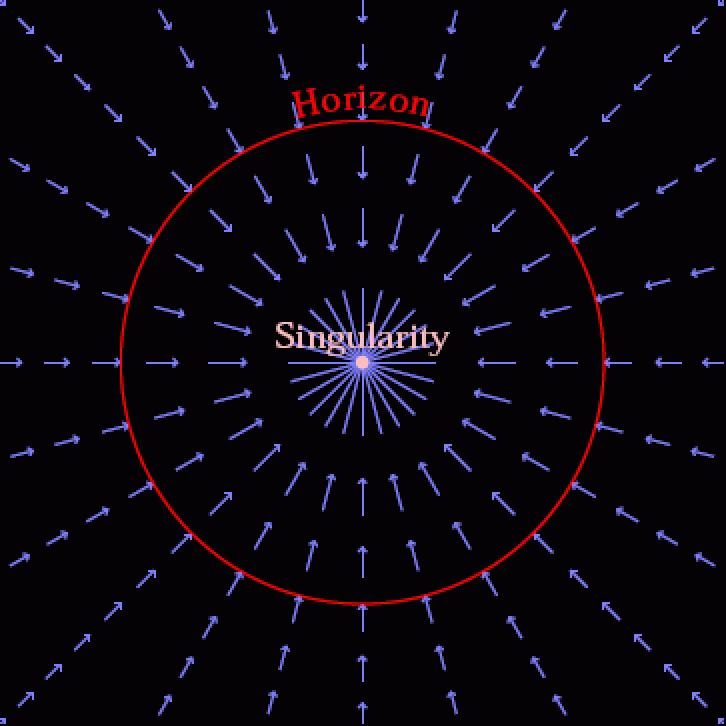
We still don’t know whether the space that’s here on Earth — from the space in our atoms to the space surrounding our planet to the space throughout our galaxy — is affecting the equilibrium values of the size of the objects within it. We measure objects as they are, and any differences that may arise from the expansion of the Universe do not affect what we measure at the precision we’re capable of measuring them. The effects of the expanding Universe only begin appearing in what you might consider a transition zone: at the outskirts of structures that are very close to the border of being bound versus unbound.
But we can be certain that atoms, humans, planets, stars, and galaxies aren’t expanding along with the expansion of the Universe. The only effect that the expanding (or contracting) Universe can have on already-bound structures is to slightly change their sizes: by increasing (or decreasing) it from the additional effect introduced by expanding space. As astrophysicist Katie Mack so beautifully put it:
“The Universe is expanding the way your mind is expanding. It’s not expanding into anything; you’re just getting less dense.”
Send in your Ask Ethan questions to startswithabang at gmail dot com!
Starts With A Bang is written by Ethan Siegel, Ph.D., author of Beyond The Galaxy, and Treknology: The Science of Star Trek from Tricorders to Warp Drive.





